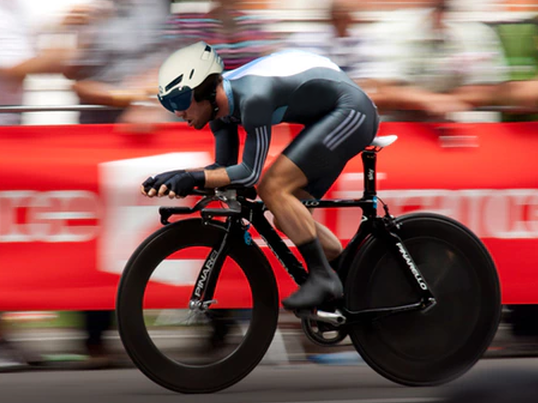Now in the final days of their Kickstarter campaign, the CoolHead helmet puts air conditioning on your head. If that sounds overly complicated and a bit unnecessary, the technology behind the one-off product created by Sergejs Zelinskis is surprisingly simple. Inside their proprietary helmet, which in itself isn’t particularly unique, sits a layer of highly absorbent fabric. When soaked with water, the evaporative effect creates a transfer of heat he says can lower the internal temperature of the helmet by as much as 20ºF below body temperature.
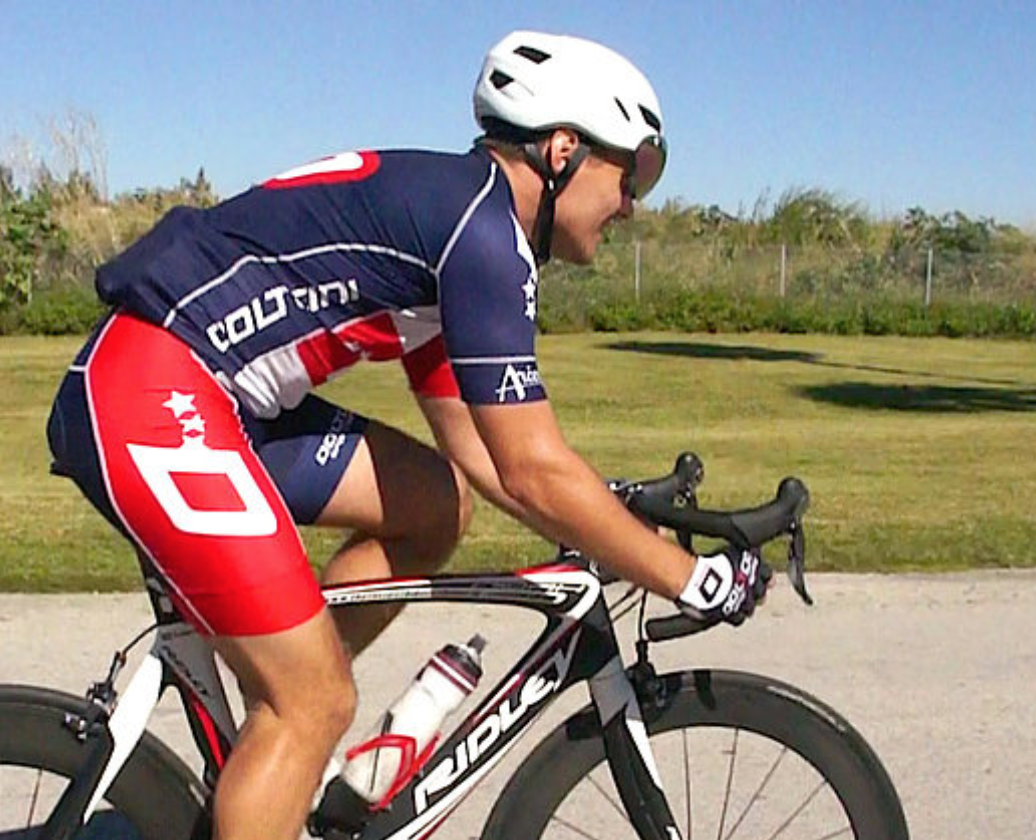
As it relates to wearable goods, evaporative cooling technology has been widely used for decades. Typically sewn into vests worn by runners, cyclists, and motorcycle riders, evaporative thermal layers are also used to cool people with medical conditions like multiple sclerosis. I’m a type 1 diabetic and use a small evaporative pouch to keep my insulin cool in transit. As low-tech solutions go, evaporative cooling is well proven. If you sweat, you’re familiar with how it works. In the case of the CoolHead it adds minimal weight, only a small amount of bulk, and it’s easy to use.
To achieve the optimal results, Zelinskis integrated his cooling layer into a helmet of his own design. The air vents are strategically placed to flow air across the cooling pad for maximum effect. The white shell reflects sunlight to further reduce thermal buildup and the pad is quickly “recharged” with a small amount of water. Once wet, the CoolHead provides up two hours of continuous cooling.
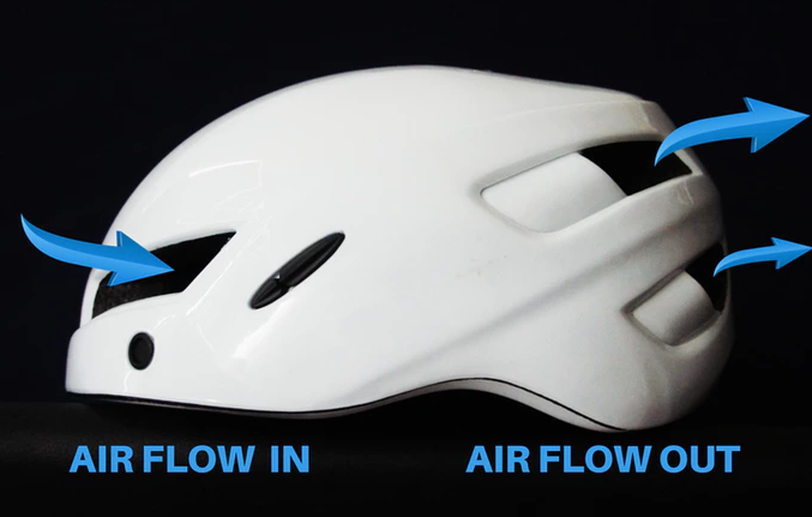
The Coolhead is sold with a detachable tinted eye shield fixed to the shell with a three-point magnetic attachment system. The shield is easily removed and inverted with just one hand. At 280 grams the CoolHead is relatively light and meets EN-1078 Safety Standards. If you want to opt in early, the first 100 Kickstarter supporters get a CoolHead helmet for just $99, or one-third of the estimated retail price.
Does it work?
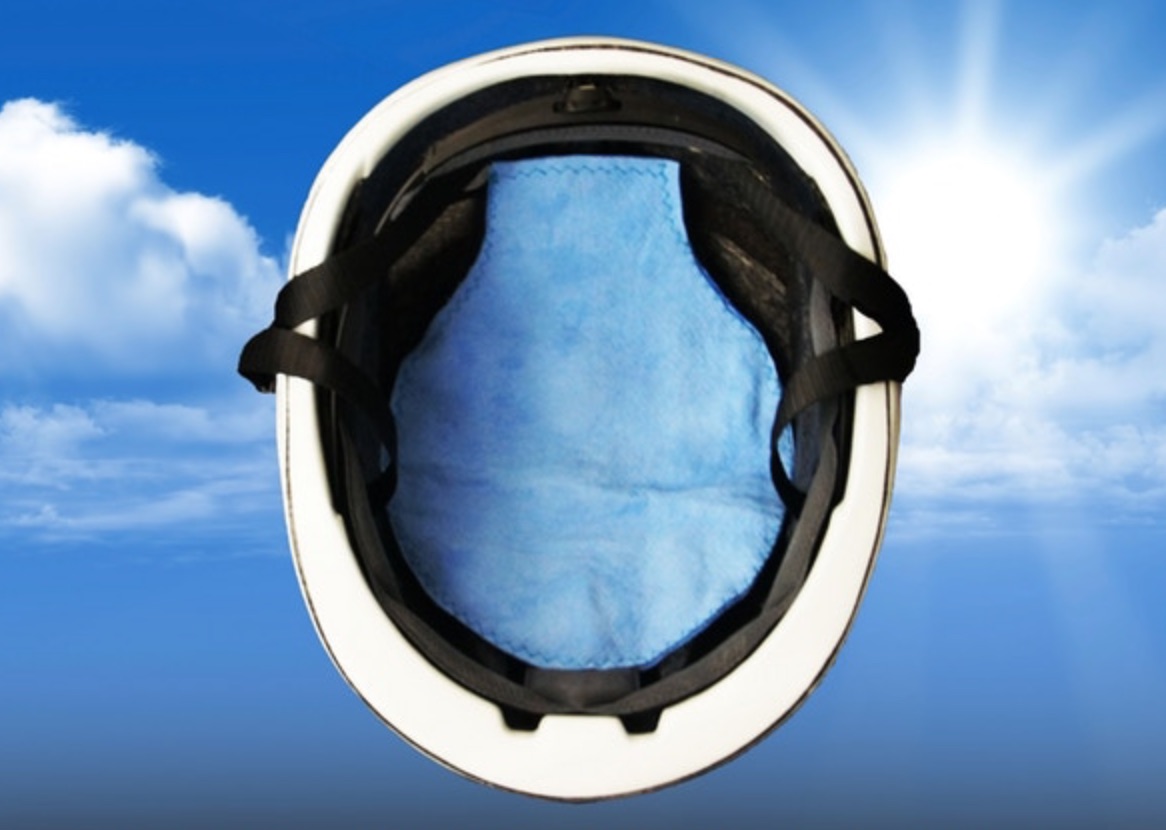
As new as it is, the only performance tests have been performed by the CoolHead team, but we don’t doubt the evaporative cooling works, and probably feels quite comfortable. Will it yield any performance results?
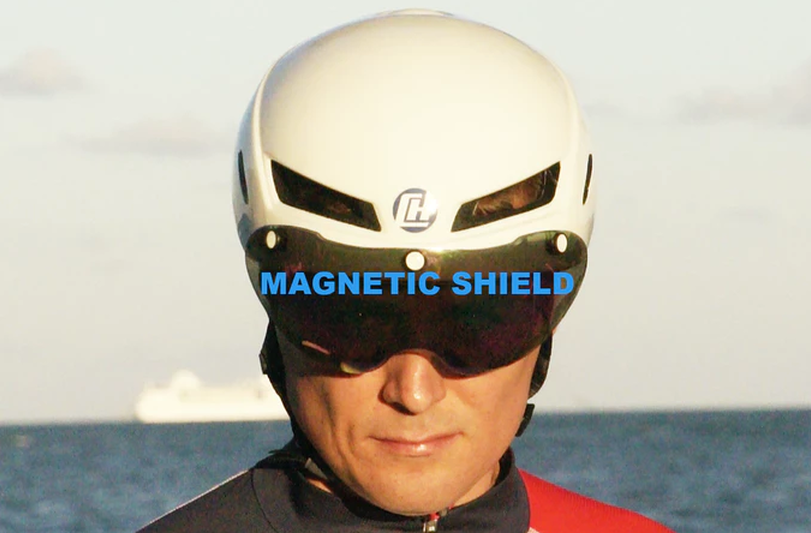
In a recent discussion with one of the leading sports physiologists in the world, Dr. Andy Pruit, he mentioned various cooling experiments he conducted over the years. They tried cooling the forehead of riders as a means of reducing core temperature. The rationale was sound. For centuries people have soothed a fever and overheating with a cold towel to the forehead. Pruit’s team found that while cooling the forehead did much to relieve the sensation of heat, it didn’t do anything to lower body temperature overall. In fact, it may have been to the athlete’s detriment as it broke the correlation between the feeling of being hot and the actual build up of core heat.
Even if it doesn’t improve performance, it will likely make for a more pleasant ride when the mercury climbs.
